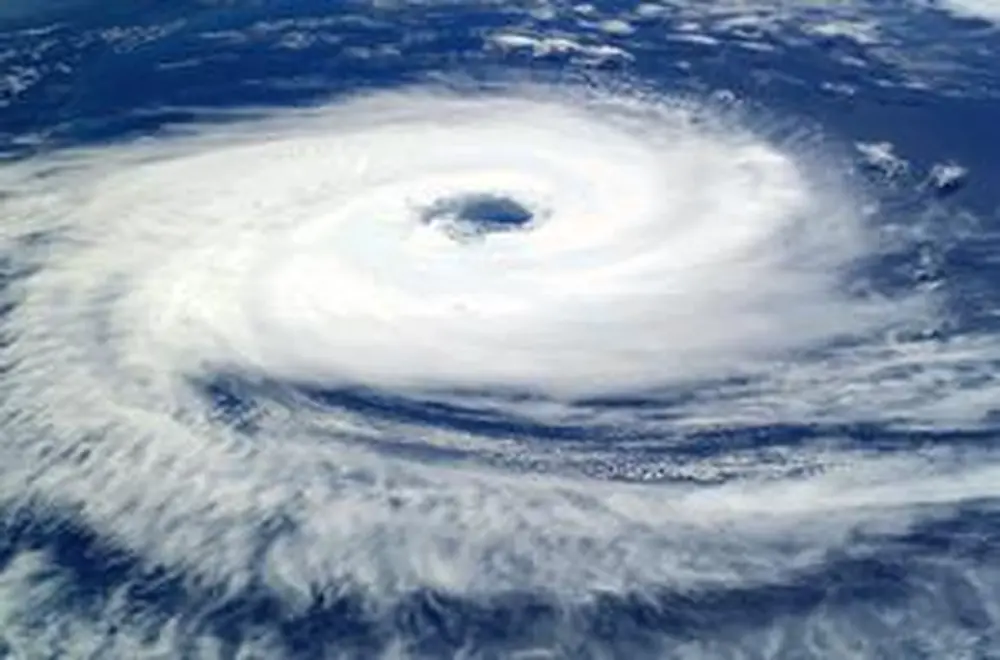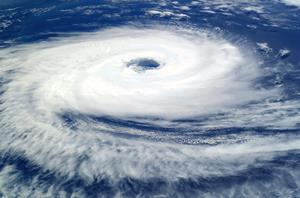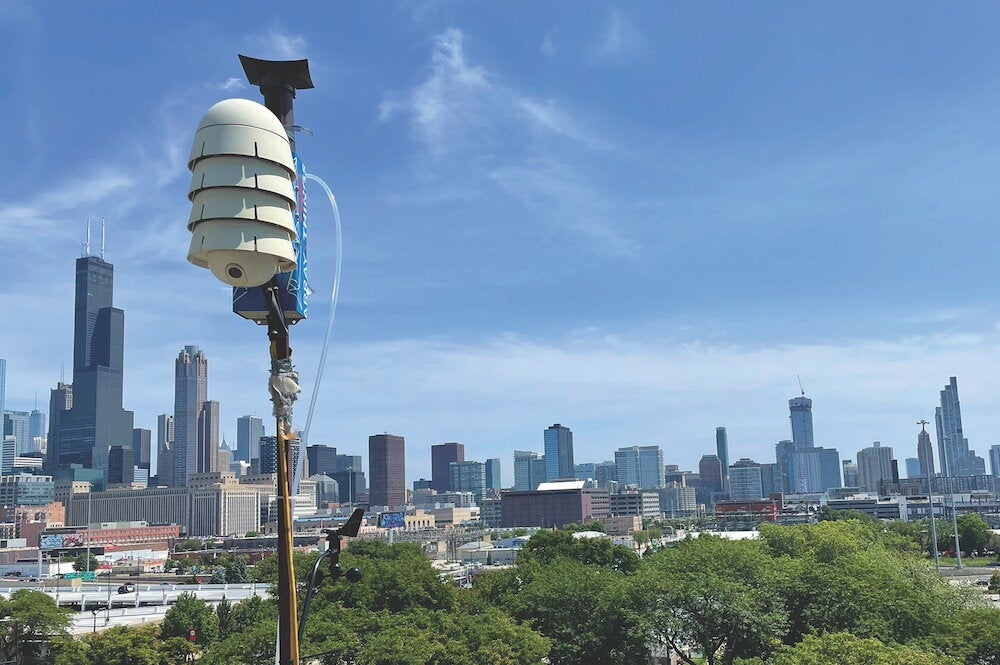

Hurricanes and kangaroos have more in common than you might suppose.
Like baby kangaroos, embryonic hurricanes can develop in wave “pouches.” These are regions of closed “Lagrangian circulation” in which storms are nurtured, transforming them from weak tropical waves into intense tropical cyclones, says Zhuo Wang, an assistant professor in atmospheric sciences.
Wang and her colleagues surveyed 55 tropical cyclones that formed over the Atlantic and eastern Pacific oceans during August and September from 1998 to 2001; they discovered that 53 of them developed in a wave pouch. The researchers further confirmed the pouch theory using high-resolution numerical model simulations.
Tropical storm terminology can be confusing, varying by region, but Wang explains that a tropical cyclone is an all-encompassing term for various stages of the storm; in the Atlantic Ocean, a tropical cyclone becomes known as a hurricane when its sustained wind speeds intensify to 74 miles per hour. In the Northwest Pacific, an intense tropical cyclone is called a typhoon.
Understanding the pouch dynamics of a tropical cyclone can help improve forecasting, and it can also allow researchers to pinpoint the “genesis point”—the spot in the center of the pouch where the tropical cyclone develops. By identifying the genesis point, researchers know exactly where to fly when they’re doing research inside the precursor disturbance of a tropical cyclone.
Wang is looking forward to her first flight into a tropical cyclone this year when she travels to the Virgin Islands as part of the ongoing PREDICT project—PRE-Depression Investigation of Cloud-systems in the Tropics. This National Science Foundation group will be flying into tropical wave disturbances to explore the key physical and dynamic processes that promote or hinder the development of a tropical storm.
According to Wang, most hurricanes in the Atlantic Ocean begin with low-level wave disturbances in the atmosphere that originate over Africa and move from east to west—the African easterly waves, they are called. A typical season has 60 waves, but only 20 percent of the waves actually blow up into tropical cyclones, and about 50 percent of these tropical cyclones intensify into hurricanes.
To begin with, you need warm sea surface temperatures, weak vertical wind shear, and moist air extending from the ocean’s surface to the mid-level of the atmosphere for hurricanes to grow. Moisture rising into the air from the ocean increases convective heating, which is the major energy source for tropical cyclones.
If drier air from the north Atlantic penetrates the system, it can disrupt the storm’s development. But a pouch provides protection, trapping moist air within and keeping dry air outside, and it gives the storm a chance to develop and grow.
Wang grew up in central China, where hurricanes cannot reach, and she developed an interest in large-scale climate systems, such as monsoons. When she moved to Hawaii and then to California, her interest shifted to tropical storms.
“Tropical storm development is a fascinating problem because it involves interactions on different spatial scales,” she says. “Hurricanes are the most severe storm systems on the planet, and they sometimes seem to come from nowhere.”
But as Wang’s research shows, these storms do not come from nowhere. There is a genesis point in a pouch, and she soon hopes to get her first on-the-spot look into the heart of a hurricane.
“It’s going to be exciting,” she says.


